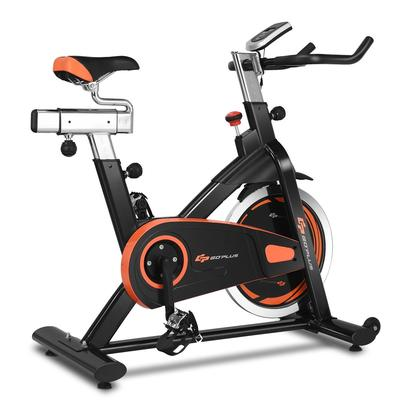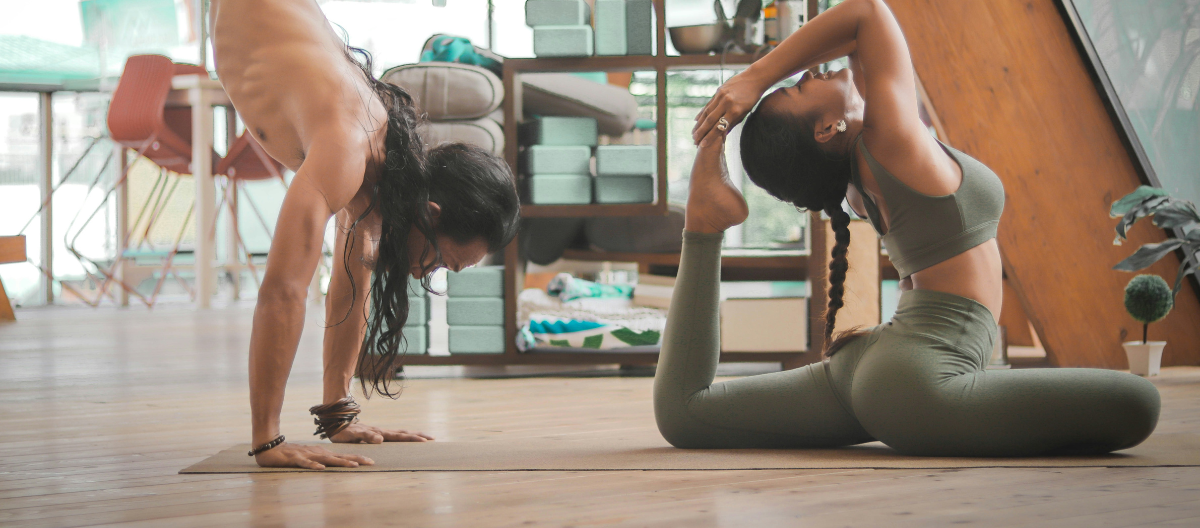Hey Diva dressing fans! When the items we love coincide with brands we work with, Diva dressing will use Paid Links in our articles. If you decide to click on these links and purchase the product, we get a small commission. Our Opinions Are Our Own, but we do add Paid Links as a way to offer these products at no added cost to our readers. Want to know more? Click Here to check out our Terms of Use anytime!
Presidential Physical Fitness Test is a time-honored tradition in American schools, designed to assess the physical fitness levels of students across the country. Established in the 1960s, the test challenged children and teens to measure their strength, endurance, flexibility, and overall physical health. Though no longer a nationwide requirement, this fitness challenge remains a popular way to gauge personal progress and push physical boundaries for those looking for a throwback or a comprehensive workout.
Components of the Presidential Physical Fitness Test
The test was originally composed of five key exercises that measured different areas of physical fitness:
Curl-Ups (Sit-Ups)
- Purpose: To test abdominal strength and endurance.
- Instructions: Perform as many sit-ups as possible within 60 seconds. Start with your back flat on the floor, knees bent, and arms crossed over your chest. Raise your upper body to meet your knees, then return to the floor.
Pull-Ups or Flexed Arm Hang
- Purpose: To test upper body strength.
- Instructions: For pull-ups, grip a horizontal bar with your palms facing away from you and lift your chin above the bar. Perform as many pull-ups as you can without touching the ground. If pull-ups are too difficult, the flexed arm hang is an alternative where you hold your chin above the bar for as long as possible.
Shuttle Run
- Purpose: To measure speed and agility.
- Instructions: Place two markers 30 feet apart. Run from one marker to the other, pick up a block, run back to the starting line, drop the block, and repeat. The goal is to complete this sequence as quickly as possible.
V-Sit Reach or Sit and Reach
- Purpose: To test flexibility in the lower back and hamstrings.
- Instructions: Sit on the floor with legs straight out in front of you and feet about 12 inches apart. Reach forward, trying to touch your toes or stretch past them. The distance reached is measured to assess flexibility.
One-Mile Run
- Purpose: To test cardiovascular endurance.
- Instructions: Run or walk a mile as fast as possible. Time yourself and aim to improve your endurance and speed with each attempt.
Challenging Yourself with the Test
Although this test was originally designed for schoolchildren, it offers a well-rounded challenge for people of all ages and fitness levels. Each of the five components provides a measure of different physical abilities, allowing you to work on a variety of fitness aspects. Whether you’re a beginner or advanced athlete, the Presidential Physical Fitness Test is an excellent way to assess your baseline and track improvement.
Step 1: Assess Your Starting Point
Begin by completing each of the five exercises to establish your current fitness level. Don’t worry if you can’t perform many pull-ups or if your mile time is slower than expected. The goal is to assess your baseline and create a plan for progress.
Step 2: Set Goals
Once you’ve completed your initial test, set realistic but challenging goals for each component. For example, you might aim to shave 30 seconds off your mile time or add two more pull-ups to your count. Goals should be specific, measurable, and time-bound.
Step 3: Build a Training Plan
To improve in each area, focus on a balanced training regimen that includes cardiovascular, strength, and flexibility training. Incorporate exercises that will directly help you improve your scores on the test.
- Cardiovascular Training: To boost your mile time, include interval training and long-distance runs in your weekly routine.
- Strength Training: To improve pull-ups, add push-ups, rows, and bicep curls to strengthen your upper body.
- Core Work: Practice planks, leg raises, and Russian twists to enhance your sit-up count.
- Flexibility Training: Stretch daily to enhance your reach and flexibility for the V-sit reach. Yoga and dynamic stretches are excellent additions.
Step 4: Re-Test Regularly
Every 4-6 weeks, re-test yourself on all five exercises to measure progress. Adjust your goals and training plan as needed based on your results.
Tips for Success in Each Component
Curl-Ups (Sit-Ups)
- Improve Core Strength: Incorporate exercises like planks, Russian twists, and leg raises to strengthen your core muscles.
- Use Proper Form: Make sure you’re engaging your core during sit-ups and avoid pulling your neck or straining your back.
Pull-Ups or Flexed Arm Hang
- Progressive Training: Start with negative pull-ups (jump to the top position and lower yourself slowly) if you can’t do a full pull-up yet.
- Strengthen Your Grip: Work on grip strength by using a bar for hangs and performing deadlifts or farmer’s carries.
- Incorporate Assistance: Use resistance bands or assisted machines to help you build strength until you can perform full pull-ups.
Shuttle Run
- Speed Work: Practice short sprints with quick direction changes to improve your agility and speed.
- Stay Low: When picking up blocks during the shuttle run, keep your body low to minimize transition time between runs.
V-Sit Reach (Sit and Reach)
- Daily Stretching: Focus on stretching your hamstrings, lower back, and hip flexors every day to increase flexibility.
- Yoga: Regularly practicing yoga can improve both your flexibility and core strength, making it easier to stretch further.
One-Mile Run
- Interval Training: Incorporate high-intensity interval training (HIIT) into your running routine to improve speed and stamina.
- Endurance Building: Include long, steady-state runs to build cardiovascular endurance.
- Focus on Form: Proper running form can reduce fatigue and help you maintain a faster pace. Keep your head up, shoulders relaxed, and arms pumping efficiently.
Mental Preparation and Mindset
As with any physical challenge, the right mindset is crucial to success. The Presidential Physical Fitness Test can be demanding, so it’s essential to stay focused and positive throughout your journey.
Stay Consistent
Progress takes time. Whether you’re aiming to improve your sit-up count or beat your best mile time, consistency is key. Stick to your training plan, and remember that small improvements add up over time.
Track Your Progress
Keep a journal or use a fitness app to log your scores each time you complete the test. Tracking progress will help you stay motivated and see the improvements in your strength, endurance, and flexibility.
Embrace the Challenge
The Presidential Physical Fitness Test is not only a way to assess your fitness but also an opportunity to push your limits and achieve new personal records. Embrace the challenge and enjoy the process of becoming stronger and more resilient.
Under-Desk Stationary Bike $25.63
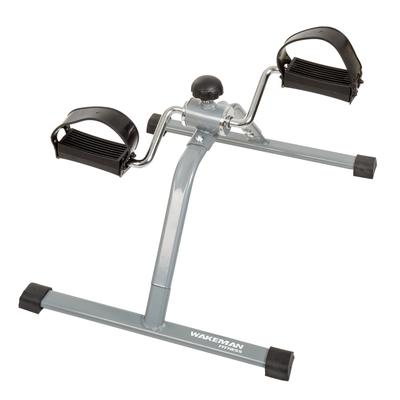
Sunny Health & Fitness Fitness Equipment Foam Floor Mat $26.54

Sunny Health & Fitness No. 025 Doorway Chin Up Bar $28.96
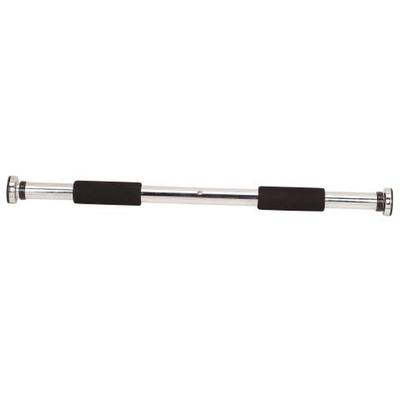
Aeromat Burst-Resistant Fitness Ball $38.67

12 Level Adjustable Resistance Rowing Machine Home Fitness Workout $225.14
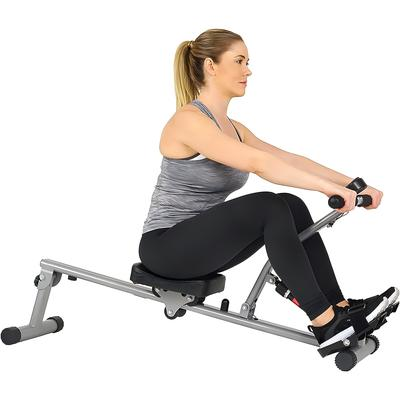
Goplus Exercise Bike Cycle Trainer Indoor Workout Cardio Fitness $227.99
